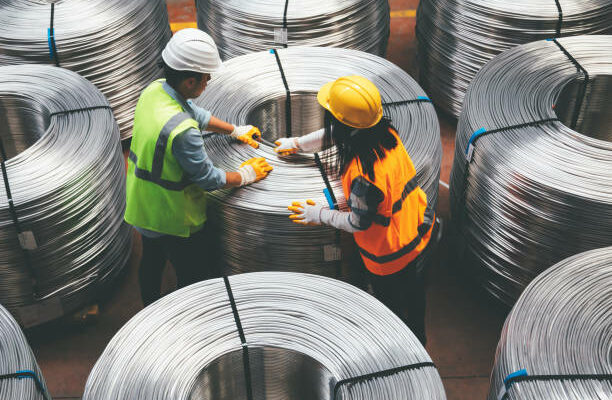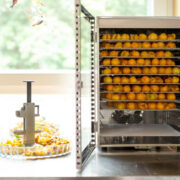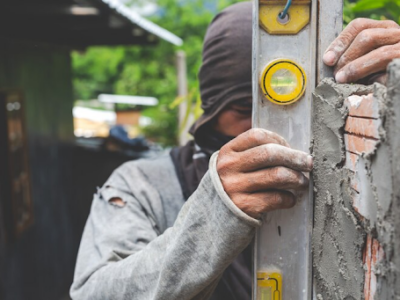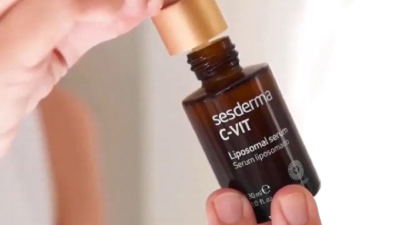Cost and precision are two factors that influence the cost of laser marking on metal components. The quantity of parts and level of precision that you require will determine how much each component costs. The number of parts processed per hour will depend on the amount of information you need to mark. In addition to this, the amount of time required to handle the parts (remove them from their packaging, place them under the laser lens, and return them) will influence the cost. If you are looking for laser marking on metal components visit this website lasit.it
CO2 lasers
CO2 lasers for laser marking on metal parts have various advantages over other methods. For example, CO2 lasers do not require pre-treatment of coated metals, which makes them highly versatile. However, CO2 laser marking machines are more expensive and require high operation and energy requirements. These factors limit their use in many industries. This article will look at the advantages and disadvantages of CO2 laser marking. However, it should be noted that CO2 lasers can mark bare metals as well.
While CO2 lasers are cheaper than fiber lasers, their power consumption is much higher. A high-power CO2 laser and its chiller can consume up to 70 kW of power compared to 18 kW for the same power output. That means a CO2 laser marking system can be installed in your manufacturing facility for around $35,000 to $80,000. CO2 laser marking systems are more powerful than fiber lasers, but CO2 is still cheaper than fiber lasers.
When evaluating the pros and cons of CO2 lasers for laser marking on metal parts, it is important to understand that CO2 lasers are highly versatile and are capable of engraving a variety of surfaces. The CO2 laser is particularly useful for oxidization and marking processes, because it changes the chemical structure of the material. The CO2 laser vaporizes the material at the focal point, revealing the desired marking.
Fiber lasers
When it comes to laser marking on metal components, fiber lasers offer superior results, as they do not generate mechanical pressure. This feature makes fiber lasers perfect for marking small components, including crystal oscillators and capacitors. These components are often sensitive to high temperatures, and fiber laser marking is especially advantageous in these circumstances. Moreover, these fiber lasers are extremely versatile and can mark a wide variety of materials in usglobalworld.
The MD-X series laser markers feature a built-in camera to automatically identify the target shape and adjust for X, Y, and theta offsets. This laser marking system also features built-in distance sensors to eliminate the need for manual height adjustments. The MD-X series laser markers also feature predictive maintenance and diagnostic tools to quickly identify the root cause of problems. Regardless of the application, fiber lasers are an excellent choice for laser marking on metal components.
In addition to marking on metal, fiber lasers can also be used to produce high-contrast engravings. These lasers use pulse duration control to achieve high-quality results. They also meet stringent production, quality, and safety standards. Additionally, fiber lasers can produce high-quality marks on metal, including die-castings and natural aluminum. Compared to laser-marking on metal, annealing involves localized heating and leaves an uneven surface. Unlike laser-marking on metal, these lasers are maintenance-free.
MOPA lasers
The versatility of MOPA lasers allows you to mark any type of metal component with a black surface, as well as different annealing colors, while using a lower pulse width. With a short pulse width, you can mark a black surface on aluminum and create different grayscale effects on stainless steel. The MOPA lasers’ independent parameters – pulse width and frequency – allow you to adjust the settings to achieve a wide range of marking possibilities.
In addition to being effective for stainless steel and black-coated aluminum, MOPA fiber lasers have a wide frequency range and adjustable pulse width. Standard fiber laser pulses typically last 120 ns and have a frequency range of 20 to 100 kHz. MOPA lasers are used for marking plastics, aluminum, and stainless steel, as the short pulse is less likely to burn or damage the material.
The MOPA laser marking machine is applicable to various industries, including mobile phone shells, IPAD buttons, and other sensitive materials. The machine can mark any text or logo, as well as serial numbers and part numbers. It can also mark a barcode, vector font, or a company logo. Depending on your application, you can easily customize the laser with a wide variety of designs, ranging from geometrical patterns to logos and other decorative elements.












